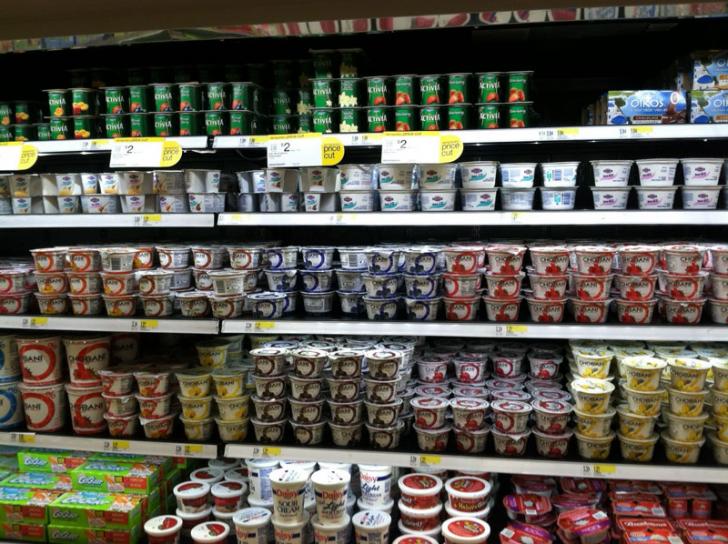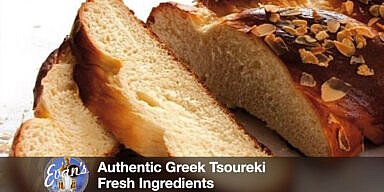Every Greek I know loves Fage yogurt. The company began exporting its yogurt to the US in 2001, eventually opening in 2008 a state-of-the-art manufacturing facility in Johnstown, NY. Since then the popularity of Greek yogurt in the US has exploded. It represents one quarter of all dollar sales in the $6 billion US yogurt market. Fage is the only Greek company selling our beloved yogurt and it’s safe to say that Fage was the first to successfully mass-market Greek yogurt in the US. So why is it in second place?
There is a fierce battle of Herculean proportions taking place in the dairy aisle of supermarkets and mass retailers across America. Fage, like Greece itself, is battling for legitimacy and respect. At the moment Chobani, which is owned by a Turk and was founded in 2005, is the number one Greek yogurt brand in the US with $700 million in revenue at the end of 2011. Chobani has 53 percent of the Greek yogurt market, followed by Fage with 17%, France’s Danone (its subsidiary Dannon makes Oikos) with 14% and General Mills (Yoplait Greek) with 5%, according to Citigroup. When I go grocery shopping it looks as though Chobani has three times more shelf space than Fage and all the soccer moms seem to grab Chobani by the stack. What do these moms see in Chobani? Why are they skipping over Fage?
Let’s start with the fact that in 2008 we entered the Great Recession. Since then Americans have become frugal and smarter shoppers. Fage has consistently been the most expensive Greek yogurt on the market. Only today did I notice that it’s the same price as Chobani at a Target here in New Jersey. However, shoppers are still not going to be fooled by price alone. Even though Fage has that cool side cup of fruit, it’s still less product per unit, coming in at 5.3oz. The fruit flavored Chobani on the other hand is 6.0oz.
The Fage with fruit packaging needs to change. The next time you’re at the supermarket take a close look at the flavored Fage sitting on the self. Many times the cups are turned so that the gap separating the yogurt and fruit halves is facing shoppers. This gap makes the product look much smaller than the Chobani cup, making the 0.7oz difference visually much larger. Also, this gap is a waste of valuable billboard space that could be used to sell the product. Plus, this split package design is not user friendly and simply annoying. I end up using the spoon handle to scrape the last bit of yogurt from the sharp corners of the cup.
Don’t get me wrong, I love Fage and I’ll probably pay anything to get my little taste of Greece every day. However, Americans could care less about which brand is the true Greek brand. They are shopping for value. Fage, if you’re reading this, to beat Chobani you need to provide a better value and mind the gap.



